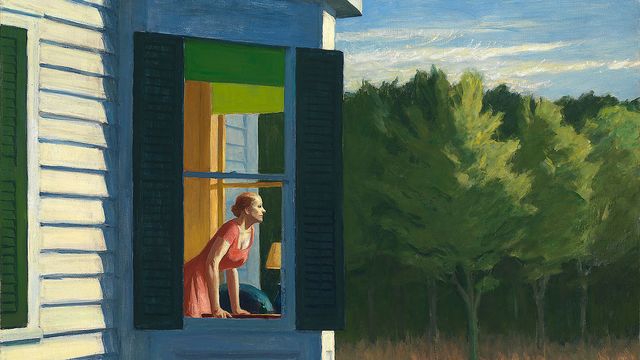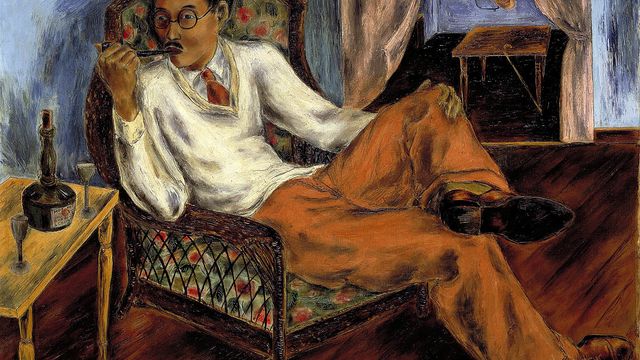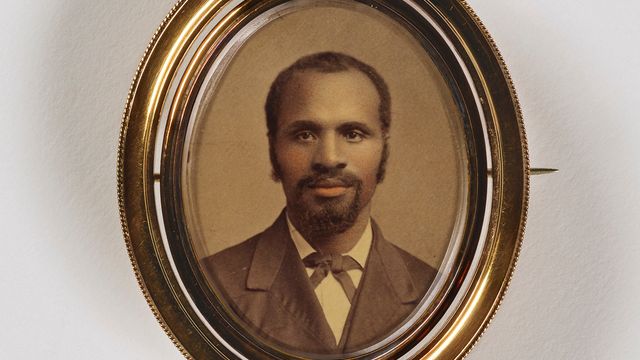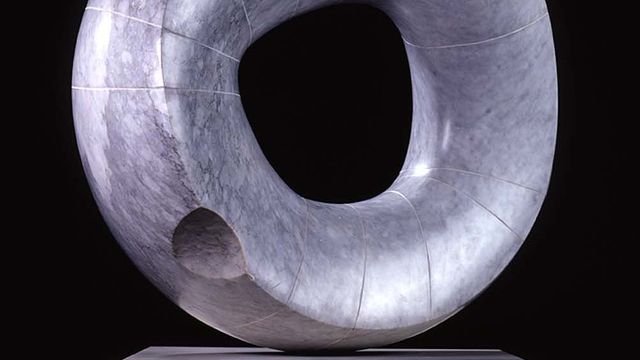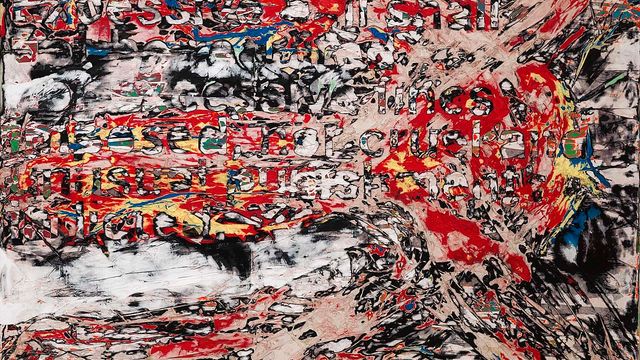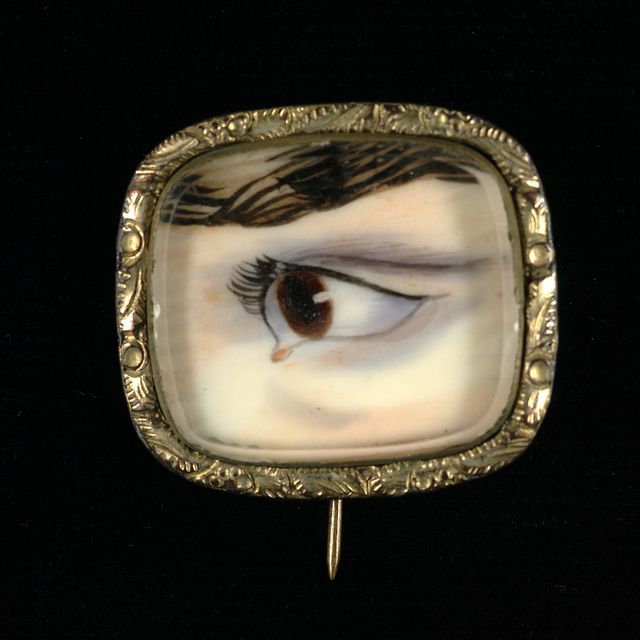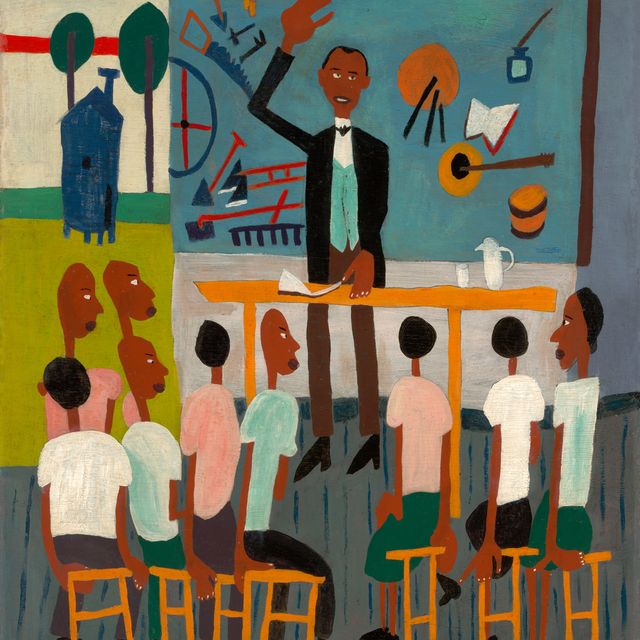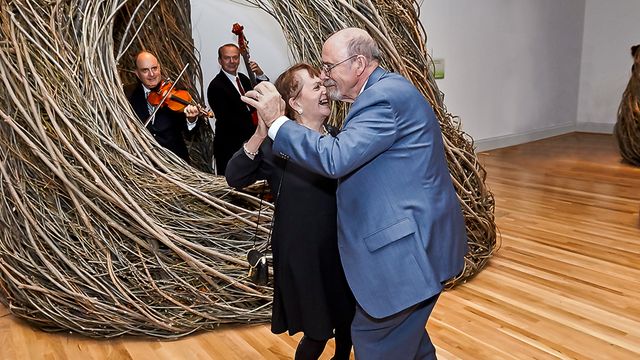Artist
J. Bond Francisco
born Cincinnati, OH 1863-died Los Angeles, CA 1931
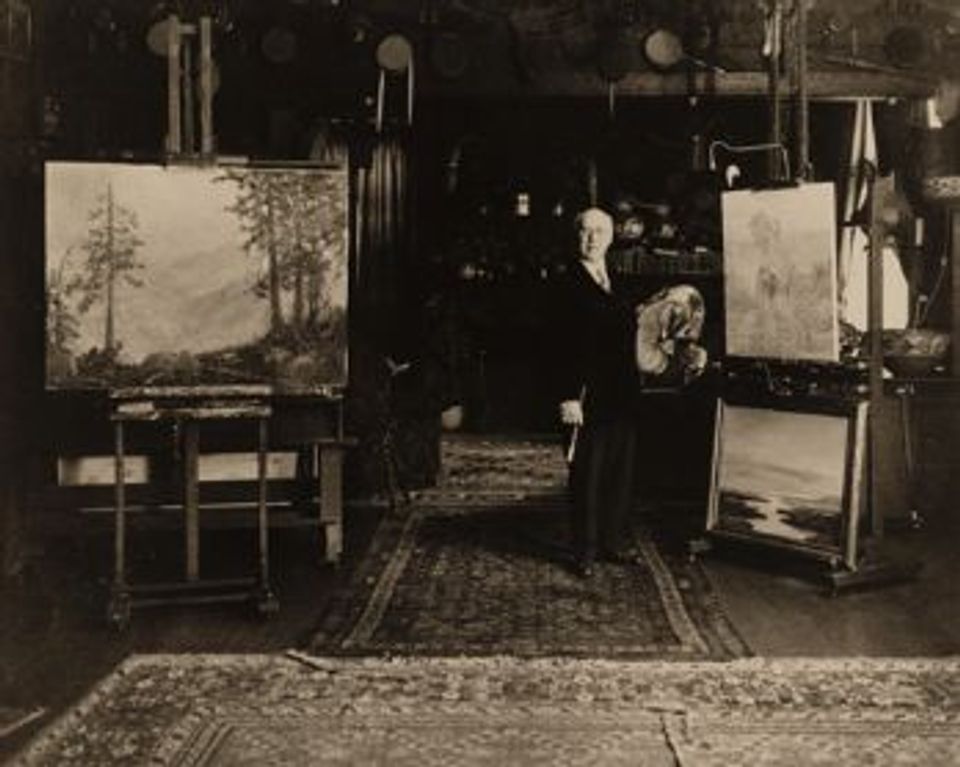
- Also known as
- John Bond Francisco
- Born
- Cincinnati, Ohio, United States
- Died
- Los Angeles, California, United States
- Biography
J. Bond Francisco built a home in Los Angeles for his bride, the singer Nanette Louise. Their house became the scene of many elegant evenings with music and dancing, and Francisco once said that "the best things in life are the friends it brings to you" (Millier, "J. Bond Francisco Honored as Last Paintings Shown," Los Angeles Times, June 10, 1934). He was as much a musician as an artist, helping establish the Los Angeles Symphony Orchestra in 1897 and serving as its first concert master. Francisco founded a private academy of art and focused initially on portraits and figure studies, but he is better known for his later images of sun-washed California landscapes.



